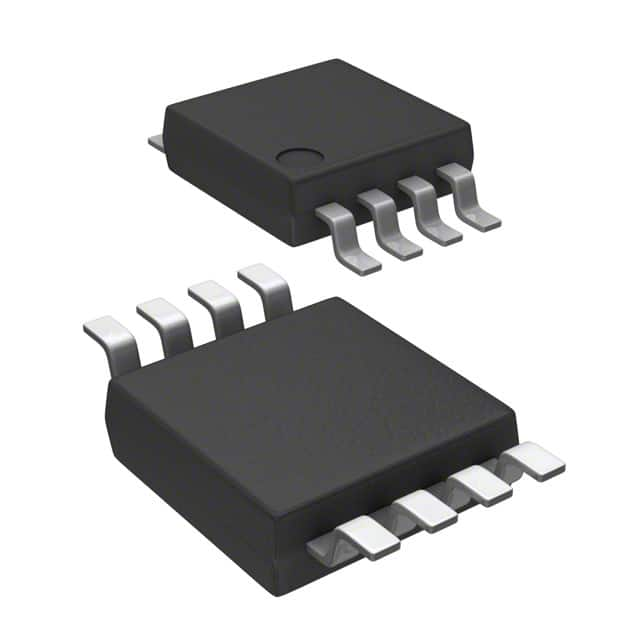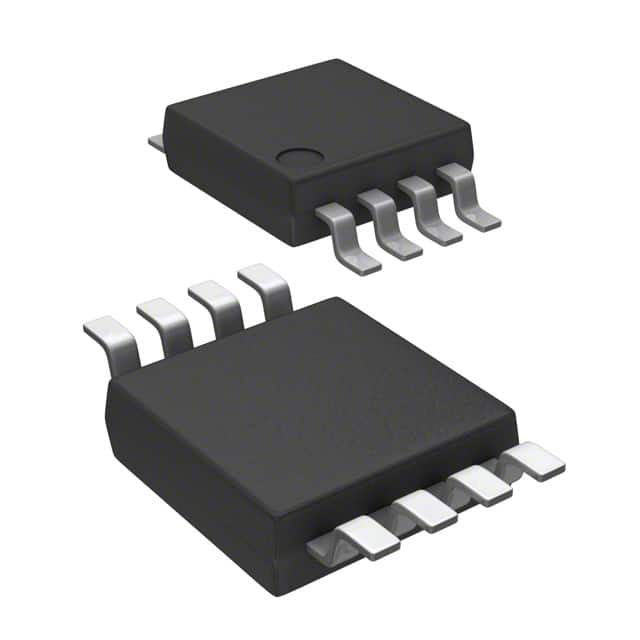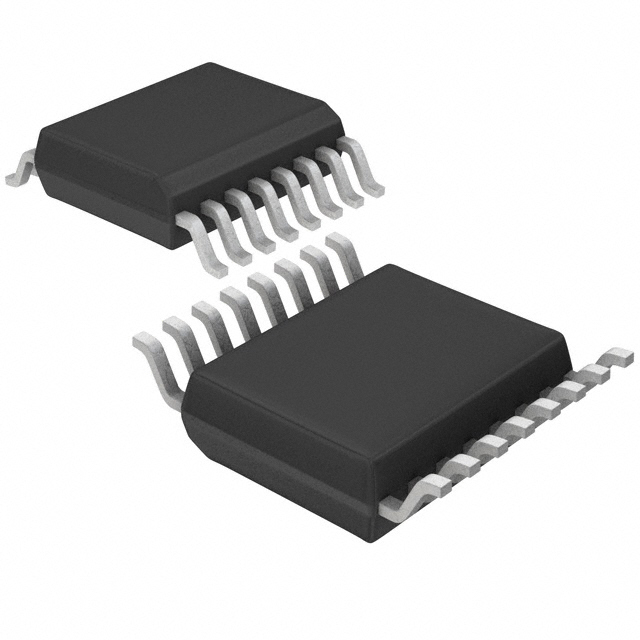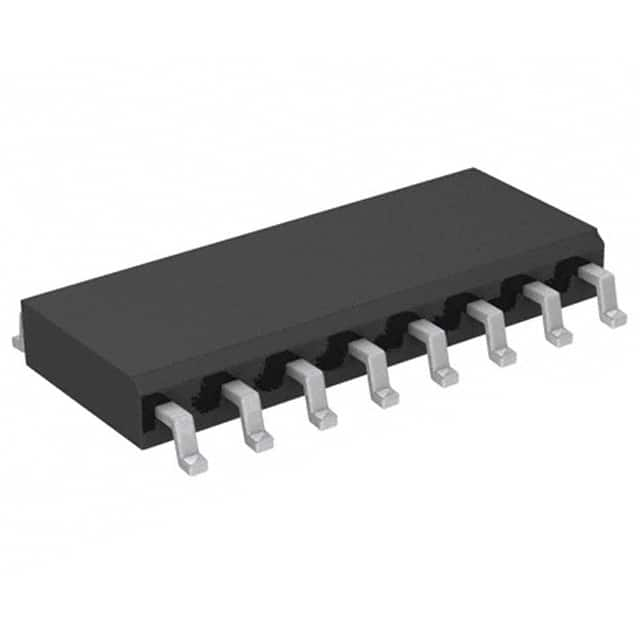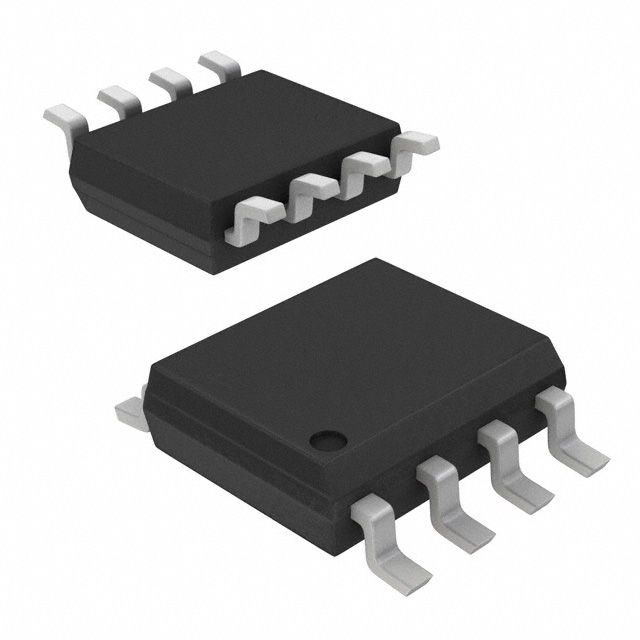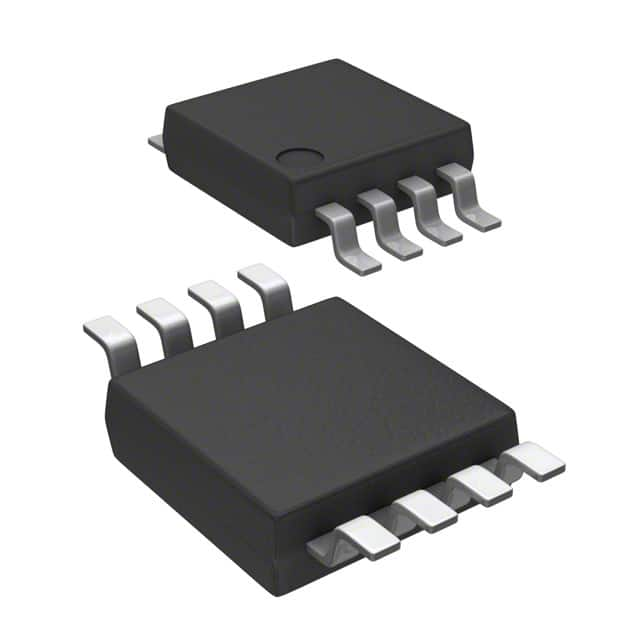DS1087LU-11G+ Product Introduction:
Maxim Integrated Part Number DS1087LU-11G+(Clock/Timing - Clock Generators, PLLs, Frequency Synthesizers), developed and manufactured by Maxim Integrated, distributed globally by Jinftry. We distribute various electronic components from world-renowned brands and provide one-stop services, making us a trusted global electronic component distributor.
DS1087LU-11G+ is one of the part numbers distributed by Jinftry, and you can learn about its specifications/configurations, package/case, Datasheet, and other information here. Electronic components are affected by supply and demand, and prices fluctuate frequently. If you have a demand, please do not hesitate to send us an RFQ or email us immediately sales@jinftry.com Please inquire about the real-time unit price, Data Code, Lead time, payment terms, and any other information you would like to know. We will do our best to provide you with a quotation and reply as soon as possible.
Introducing the Maxim Integrated DS1087LU-11G+, the ultimate solution for precise frequency synthesis and clock generation. This advanced integrated circuit offers a wide range of features and is designed to meet the demanding requirements of various applications.
The DS1087LU-11G+ is a highly versatile device that provides frequency synthesis with an accuracy of up to 0.25%. It offers a wide frequency range from 1Hz to 133MHz, making it suitable for a wide range of applications. With its low jitter and high stability, this device ensures reliable and accurate clock generation.
One of the key features of the DS1087LU-11G+ is its programmability. It can be easily configured through a simple serial interface, allowing users to set the desired frequency and other parameters. This flexibility makes it ideal for applications that require frequent changes in clock frequency, such as telecommunications, test and measurement, and industrial automation.
The DS1087LU-11G+ also offers excellent power management capabilities. It operates from a single 3.3V power supply and consumes very low power, making it suitable for battery-powered applications. Additionally, it features a power-down mode that further reduces power consumption when the device is not in use.
With its exceptional performance, programmability, and power management capabilities, the Maxim Integrated DS1087LU-11G+ is the perfect choice for a wide range of applications. Whether you need precise clock generation for telecommunications equipment or frequency synthesis for industrial automation, this device delivers unmatched performance and reliability.
Clock Generators are circuits or devices used to generate stable and precise pulses of electrical signals. The clock signal generated by it provides a unified time benchmark for various electronic devices, ensuring that the components of the device can synchronize operations and actions.PLL (Phase Locked Loop and phase-locked Loop) is a kind of circuit is used to control the frequency and Phase. It can convert the frequency and phase of an input signal into the frequency and phase of another output signal to realize the synchronization of frequency and phase. Frequency Synthesizers are devices that use one or more standard signals to generate a large number of discrete frequency signals through various technical approaches. It can realize precise control and adjustment of frequency to meet the needs of different application scenarios.
Application
Clock Generators are widely used in computer chips, digital circuits, radio communication, audio and video equipment and other electronic equipment. The clock signal generated by it is the basis for the normal operation of these devices, ensuring the stable transmission and processing of data. PLL (phase-locked Loop) is mainly used to detect and track the frequency and Phase of the input signal and convert it into a stable output signal. It can change the frequency of the input signal to achieve a specific purpose, such as signal synchronization, frequency conversion, etc. Frequency Synthesizers generate a series of high-precision frequency sources with a certain frequency interval through synthesis technology to provide the required frequency signals for various electronic devices. It is widely used in applications requiring accurate frequency control, such as radar, communications, electronic countermeasures and other fields.
FAQ about Clock/Timing - Clock Generators, PLLs, Frequency Synthesizers
-
1. What is a PLL frequency synthesizer?
A PLL frequency synthesizer is a device that generates multiple output frequencies using phase-locked loop technology. Its core function is to generate different multiples of frequencies from a single reference frequency. This method is widely used in radio frequency (RF) communication systems, especially in generating local oscillator (LO) signals for up-conversion and down-conversion of RF signals.
The working principle of a PLL frequency synthesizer is based on phase-locked loop technology, which includes key components such as phase/frequency detector (PFD), loop filter, and voltage-controlled oscillator (VCO).
-
2. How does the output frequency of the PLL frequency synthesizer change?
The core of the PLL frequency synthesizer is to change the output frequency by adjusting the various components in the loop. The basic working principle of the PLL frequency synthesizer is to generate a stable frequency signal through the interaction of the phase detector, loop filter and voltage-controlled oscillator. When the output frequency needs to be changed, the control voltage of the voltage-controlled oscillator can be changed by adjusting the input signal or by an external control signal to adjust its output frequency.
-
3. Which is better, direct digital synthesis or PLL?
Direct digital synthesis (DDS) and PLL each have their own advantages and disadvantages. Choosing which one is better depends on the specific application requirements. DDS performs well in frequency switching speed and high resolution, while PLL has more advantages in phase noise and spurious performance.
The advantages of DDS include:
High frequency switching speed: DDS works in the digital domain. Once the frequency control word is updated, the output frequency changes accordingly, and the frequency hopping rate is high.
High resolution: Due to the large width of the frequency control word (such as 48bit or higher), the frequency resolution is high.
Flexibility: DDS can generate any desired waveform and initial phase, suitable for applications requiring a wide range of scenarios.
PLL advantages include:
Low phase noise: PLL excels in low phase noise and low spurious performance, suitable for applications requiring high stable frequency.
Wide frequency range: The upper limit of the PLL output frequency depends on the upper limit of the VCO, which can support a wider frequency range.
 Lead free / RoHS Compliant
Lead free / RoHS Compliant













